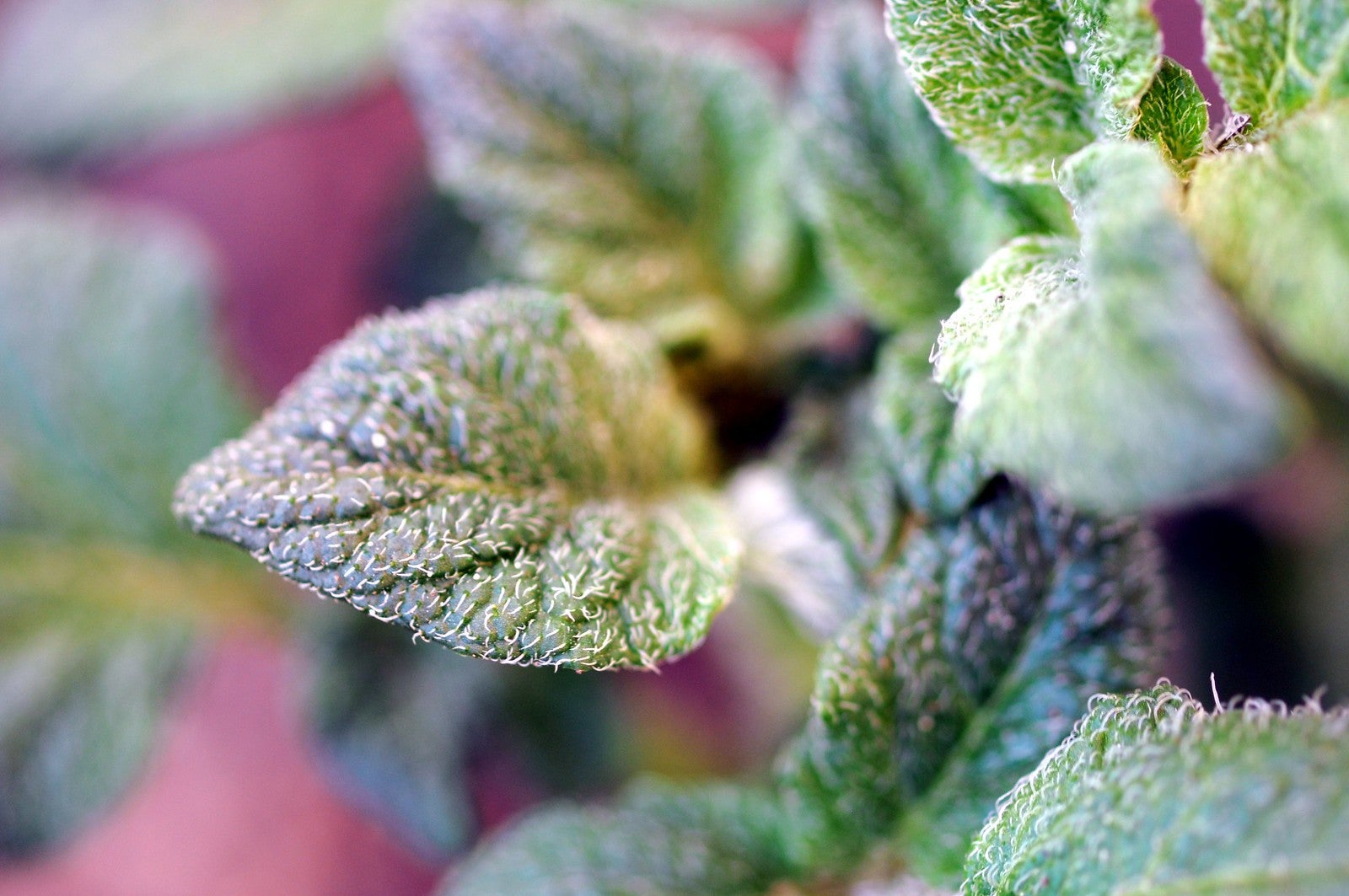What Is A Hairy Potato: Learn About Hairy Potato Pest Resistance


Wild potato information may not seem like something the average home gardener needs, but it’s more important than you realize. A wild potato, native to South America, has natural pest resistance. Now, crossed with domestic potatoes, you can order a new cultivar from suppliers that will allow you to grow tasty potatoes without using pesticides.
What is a Hairy Potato?
A potato with hairs is actually a potato plant with hairy leaves, not hairy tubers. The original hairy potato, Solanum berthaultii, is a wild species native to Bolivia, and probably the ancestor of the domesticated South American potato plant.
The hairy potato grows three feet (1 m.) and taller. It produces purple, blue, or white flowers and green, speckled berries. The tubers are too small to be valuable for eating and the plant naturally grows in dry regions of Bolivia at high elevations.
The most important of all hairy potato traits though is, in fact, the hairs. Known scientifically as trichomes, these sticky hairs cover the leaves and protect them from pests. When a small pest, such as a flea beetle, for example, lands on the leaves, it gets trapped in the sticky hairs. It cannot feed or escape.
Larger pests may not get stuck but still seem to be deterred by the stickiness. Researchers have also found that a potato with hair has some resistance to other diseases, including mildew. Why the hairy leaves would provide this resistance is still unknown.
Hairy Potato Hybrids for Home Gardeners
You can now get hairy potato pest resistance, at least in the U.S., by growing hybrid crosses of domesticated and wild potatoes. Just a couple of hybrids have been created, but they combine the tasty, large tubers of the domesticated potato with the natural pest resistance of the wild species.
For home gardeners, this means you can grow potatoes with little or no pesticides, completely organically. Two varieties that are available include ‘Prince Hairy’ and ‘King Harry.’ The latter is the preferred cultivar because it has a shorter time to maturity. ‘Prince Hairy’ can take up to 140 days to mature whereas ‘King Harry’ needs just 70 to 90 days.
Gardening tips, videos, info and more delivered right to your inbox!
Sign up for the Gardening Know How newsletter today and receive a free copy of our e-book "How to Grow Delicious Tomatoes".
Check with online seed suppliers to find ‘King Harry.’ It is not yet available widely but there are distributors in the U.S. offering this potato. Organic suppliers in particular are likely to have it for sale.

Mary Ellen Ellis has been gardening for over 20 years. With degrees in Chemistry and Biology, Mary Ellen's specialties are flowers, native plants, and herbs.
-
 8 Perfect Flowers To Plant With Tomatoes To Boost Yields & Banish Pests
8 Perfect Flowers To Plant With Tomatoes To Boost Yields & Banish PestsDon’t forget flowers when choosing companion plants for your tomato beds or pots. These pretty, fragrant blooms add beauty but are also highly beneficial.
By Mary Ellen Ellis
-
 Want The Longest Lasting Hydrangea Flowers? Grow These 8 Panicle Hydrangea Varieties
Want The Longest Lasting Hydrangea Flowers? Grow These 8 Panicle Hydrangea VarietiesFor ornamental shrubs that deliver the longest flowering seasons with plush blooms and delicate hues, these panicle hydrangea varieties are essential in your yard
By Tonya Barnett